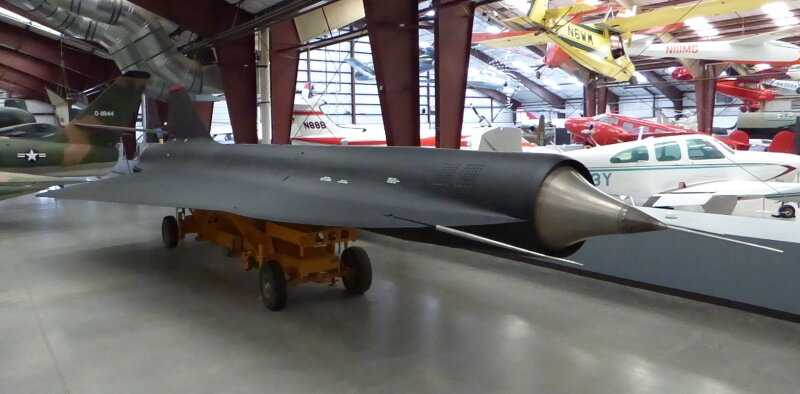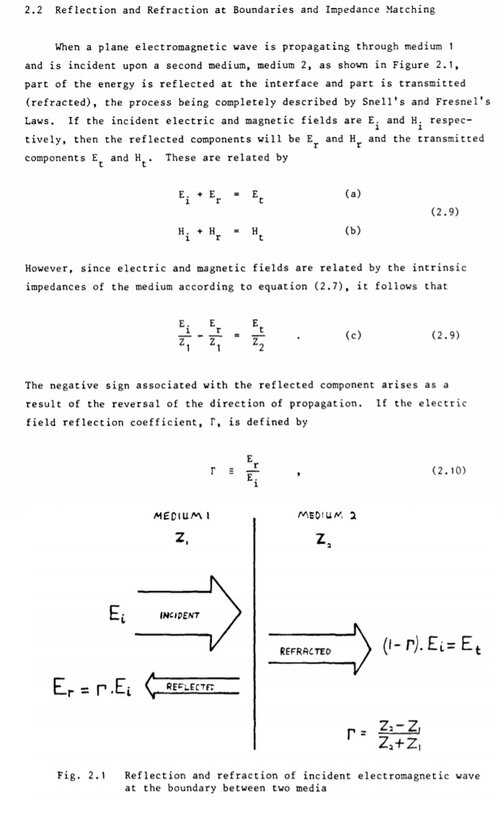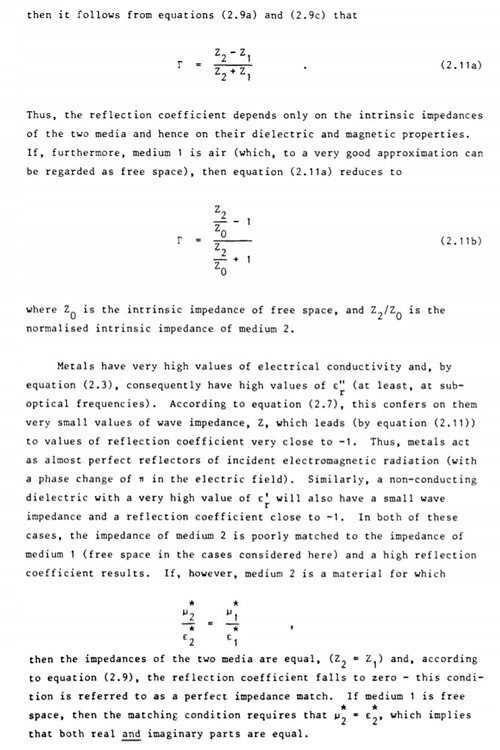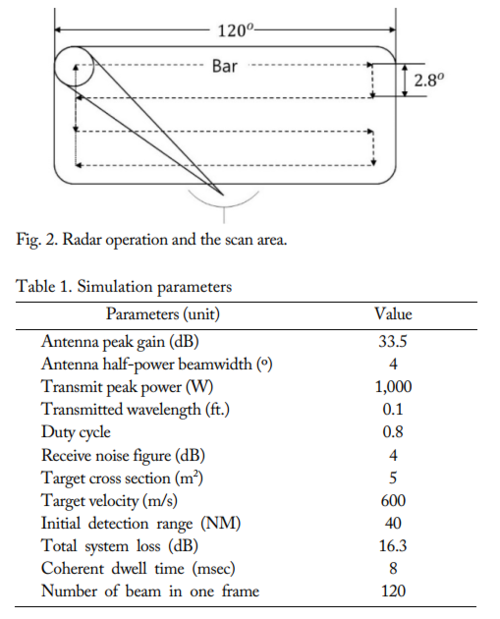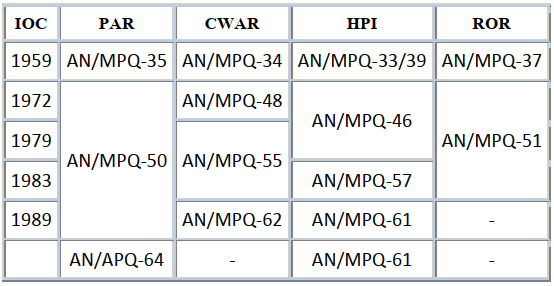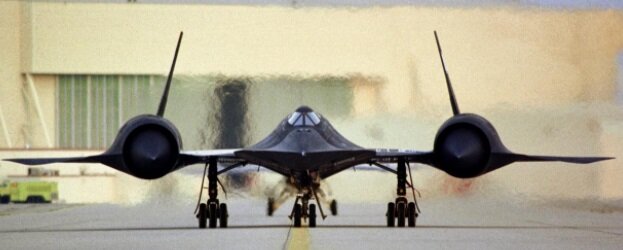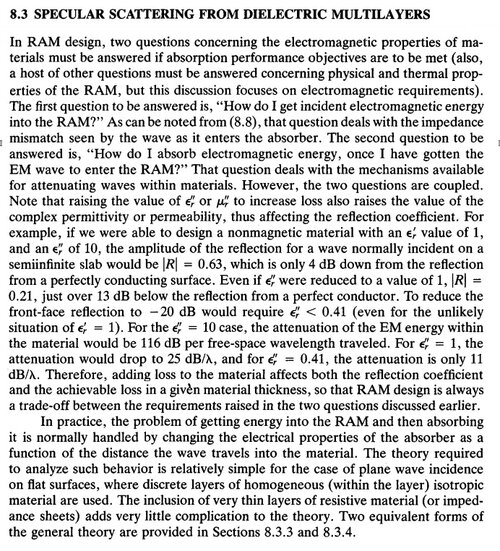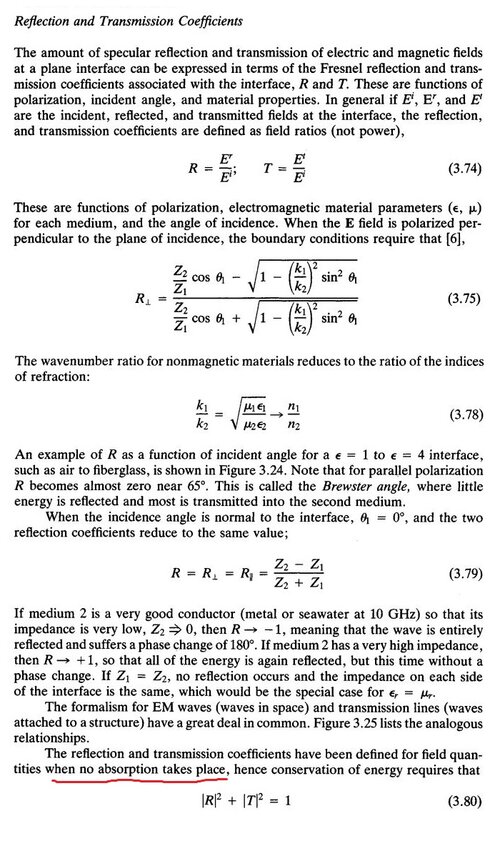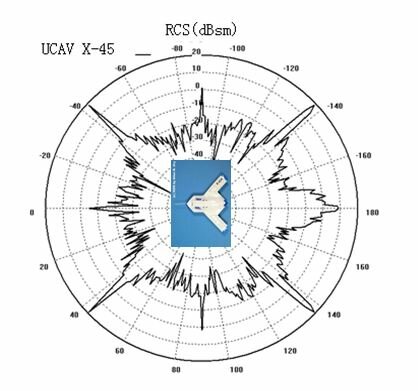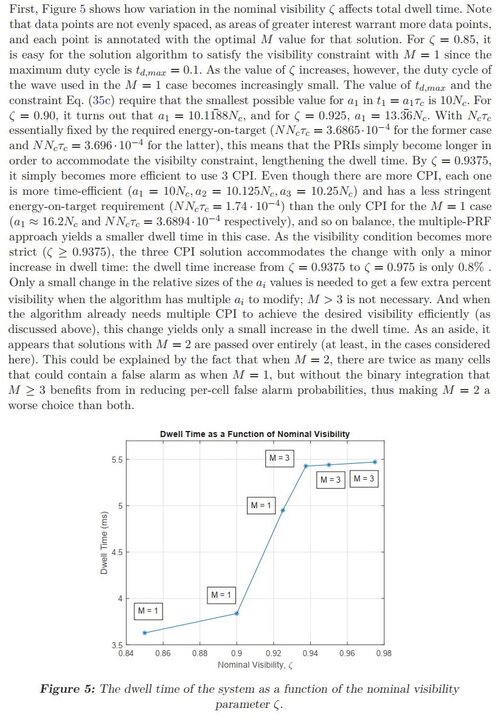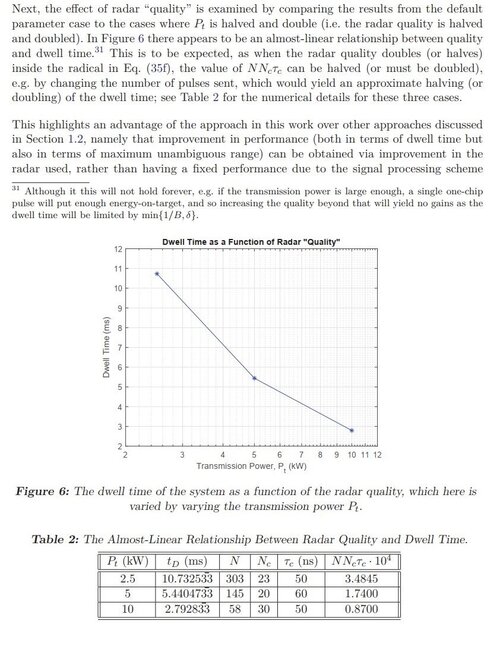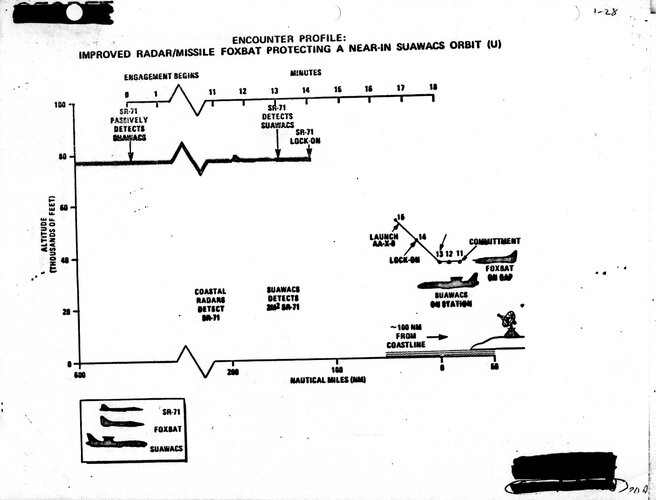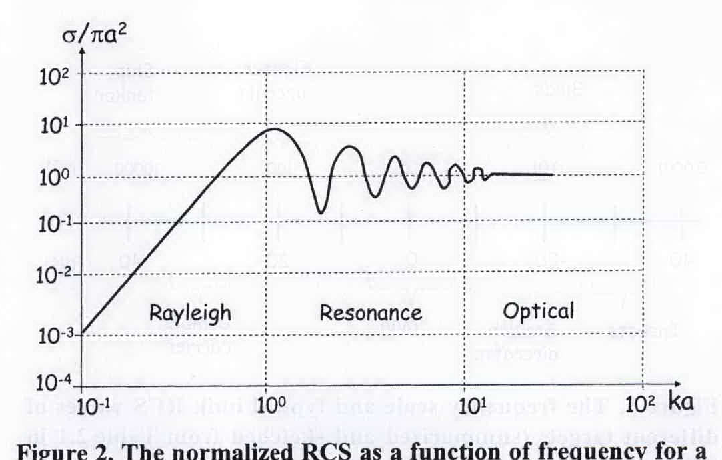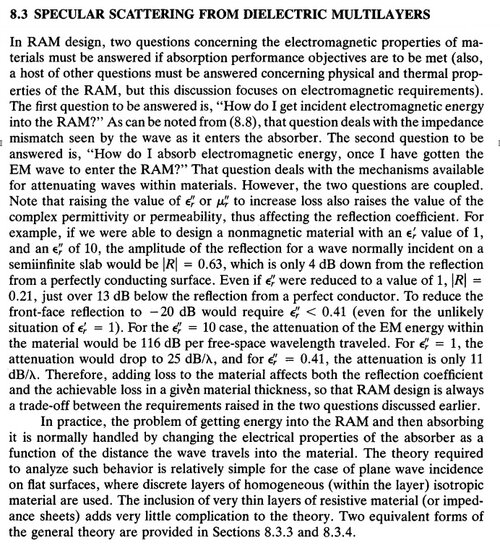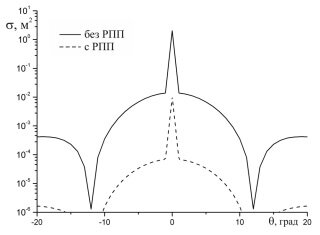Why do I need to provide scanning properties?
You calculated the scan time yourself
You made the statement that "no one needs a radar with good range parameters, but at the same time poor scanning property" pretty much imply there is no X-band radar with big aperture.
I only need to show a working X-band radar with huge aperture for your statement to be incorrect.
There is a Russian expression "It turns like a snake in a hot frying pan."
Now you are doing the same. I'll probably reveal a secret. But there are radars for different purposes. We are swami talking about surveillance radar . And I asked you to bring exactly the surveillance radars. What you brought is tracking radars. They build tracks of objects in a narrow known sector. They are not intended for scanning large sectors. If you want to prove the opposite, give their scanning characteristics.

So you can't actually prove that my scan time is physically impossible?. You are guessing that the value is wrong because you haven't seen another poster use it. Therefore it isn't possible?. I thought you aren't interested in guesswork?

.
I respect stealthflanker but you should do better job of back up your point that "look at what this one poster does" .
Proving something to you is useless.
And by the way, I never saw the "dwell time for the beam" in your picture. I see the "coherent dwell time".
Which still needs to be multiplied by n. Then add more time to reduce false positives. Add filtering time, DSP processing time, etc.
Give a link to the document. I suspect you've got it all messed up.

Fortunately for me, I don't have to obey such request because Ben was kind enough to give us the detection range of HAWK radar .Let me guess, you gonna tell me that a live hawk has RCS of 1000 m2?

Oh my God. After the balls a
nd peas, do you suggest that I do arnitology and calculate the EPR of an eagle? No thanks for the offer.







Whisper. If only they didn't force the RCS of the web to calculate.
1- The memoir is made by actual engineer involved in the development and manufacturing of the real F-117 aircraft, it is as accurate as it can possibly get.

. If I argue using your logic, I can also say the Davidenko and Poghosyan were taking when they talking about stealth because of propaganda

.
SR-71 has 100 times lower RCS than F-14 so even if RCS of F-14 is 100 m2, we left with about 1 m2 for SR-71. D-21 was said to be the stealthiest object they ever created before the F-117, which including the SR-71. The fact that Have Blue is 1000 times stealthier than D-21 say alot about what they could achieved.
EPR SR-71 is known to us. About 10m2. This is confirmed by our sources and yours, in particular, the book SR-71 Revealed: The Inside Story by Richard H. Graham.
I don't know anything about the D-21.
Skunks, by the way, even deceived their generals. This is written in their own memoirs. And God himself commanded to exaggerate a little in writing memoirs.
I am not belittling their book in any way. This book is great! From the standpoint of history, it is simply gold for the reader. But I would not treat it as technical literature.
Besides, it is quite funny when you were very against the idea of simulation when they appear to go against your narrative, yet when they seem to support your narrative you suddenly have no issue with them and they are suddenly very accurate?

. Like I said before, not all inlet are equal, so you can't use the simulation of one engine/inlet and assume another one will have exact same result. The engine Cowl of SR-71 blocked the full view to the compressor blades with very narrow gap that get even narrower when the aircraft fly supersonic, D-21 is a ramjet drone so it doesn't even have a compressor blade.
No. I am always consistent in my statements. Yes, I have come across documents for checking the RCS of individual parts of the aircraft. Which gave much more RCS than all the assembled ones.
I think you can find similar studies in your literature.
As for the D-21, I repeat, I don’t know its RCS . And I'm not sure if it is somehow just consistent with the RCS SR-71. Maybe more, maybe less. I don't know.
2- Logically, a major would know what he talking about, but ok, I can accept your logic in this
3- The David Folgrum didn't create the number by himself, he reported what USAF claimed
4- I like how sneaky you are

. The aircraft in Lockheed Martin slide clearly not an F-15, it is an F-18. And F-35 wasn't even intended to replace F-15 to start with, yet that doesn't stop you from using F-15 figure because it fit your narrative and if you do it quick enough, others might not notice. Also I thought you don't believe the journalist number?

. The only reason I posted that slide in the first place is because you said the journalist number isn't accurate enough. If you choose to believe number given in Fulgrum's first article then there is no need to make any calculation because he stated the RCS value for F-35 already

. Let me guess: you only believe journalist when it is convenient for your narrative?
I'm not mean. I'm just showing you how you can use ambiguous data. If you don't like the F-15, and you want the F-18, then I will take the famous drawing by the respected David C. Jenn. No less deserved than Knott. In which "fighter aircraft" have a RCS of 100 m2. And why is the F-18 not a "fighter aircraft"? Also fighter aircraft.
I'll try it again. I'm just showing how data can be manipulated when there are no clear numbers.
Of course, I don't trust Fulgrum. And of course the RCS F-15 and F-18 are not so big.
As a rule, such presentations are cut not by technical specialists, but, as they say here in Russia, by long-legged girls-designers. What did they draw there? What were they guided by? What was compared to what? What was taken as a basis? And did they do it all? Remains a big question.
5- RCS of everything depend on wavelength, not just balls. It is even harder to calculate RCS of complex object in different frequency range. Balls is used in RCS comparison because they are easily calculated and the same from any aspect
Of course. I'm glad you understand that. And as the respected colleague said above, without wavelength and angle, all this is uninformative!
There is no nonsense or anything invented by me, but there is clearly a lack of fundamental physic understanding from you.

This is the exact same situation when you confused between free space basic loss and atmospheric attenuation.
Wonderful. People have used RAM in their studies that does
not absorb.

Conducted studies of RAM that does
not absorb, received a decrease in the reflected signal by 17 dB at a right angle incidence.
It remains a mystery, where did all this energy go if the RAM was not absorbed? Anigelized? The "law of conservation of energy" is still in effect in my universe.


